Dina Sanichar – a wild Indian feral child raised by wolves
In 1867, a group of hunters had to stop their trucks after seeing a strange scene deep in the forests of Bulandshahr, in India’s northern province. A pack of wolves were wandering in the dense jungle following a human baby walking on all fours; the pack then disappeared in a cave! The hunters were not only surprised but also terrified by what they just witnessed.
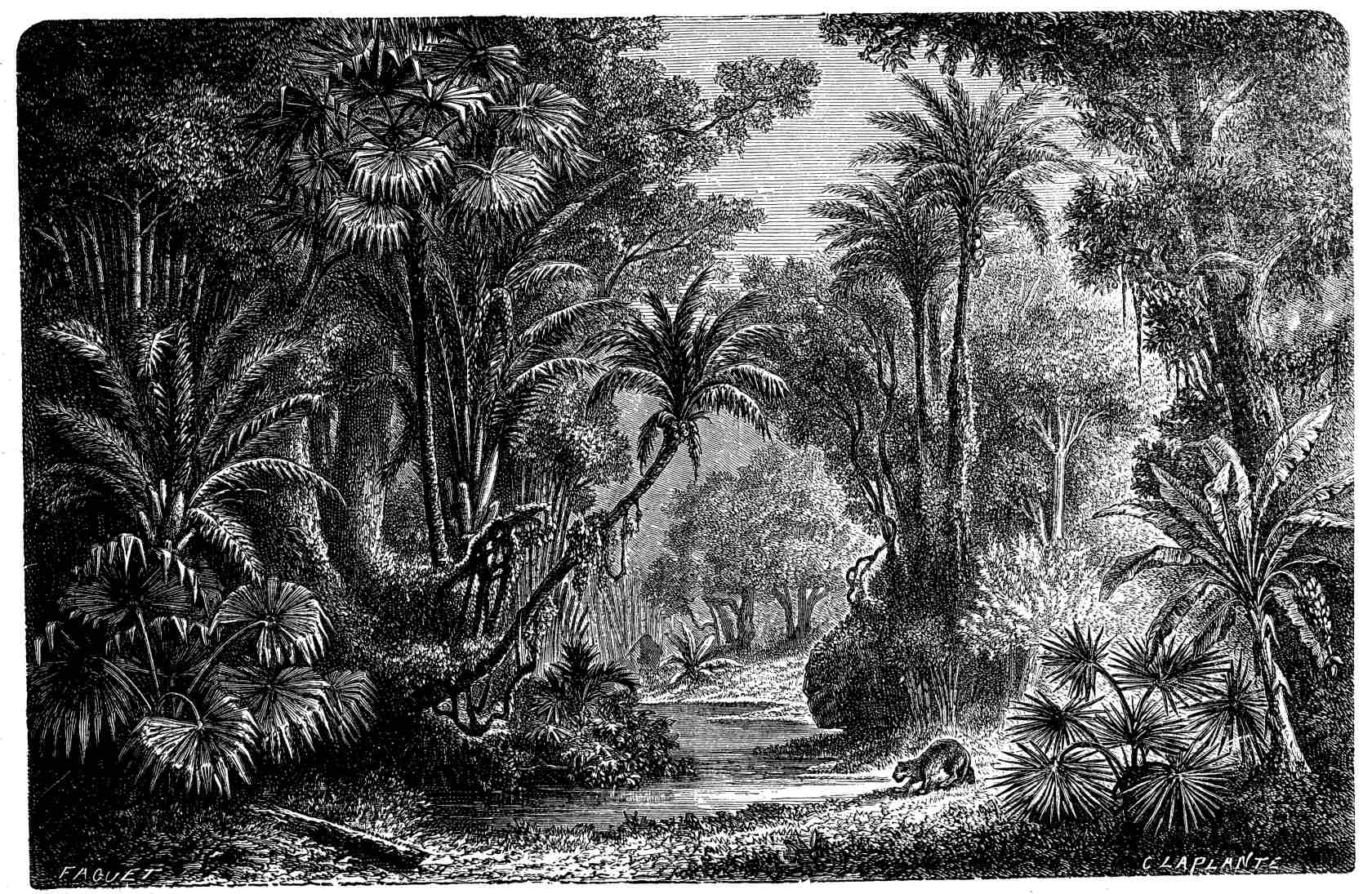
After that, they tried to get the pack of wolves out of the cave by setting fire to its mouth. As the wolves reappear, the hunters killed them and captured the human baby. The miracle baby was later named as Dina Sanichar ― a feral child who was raised by wolves.
The case of wolf child Dina Sanichar
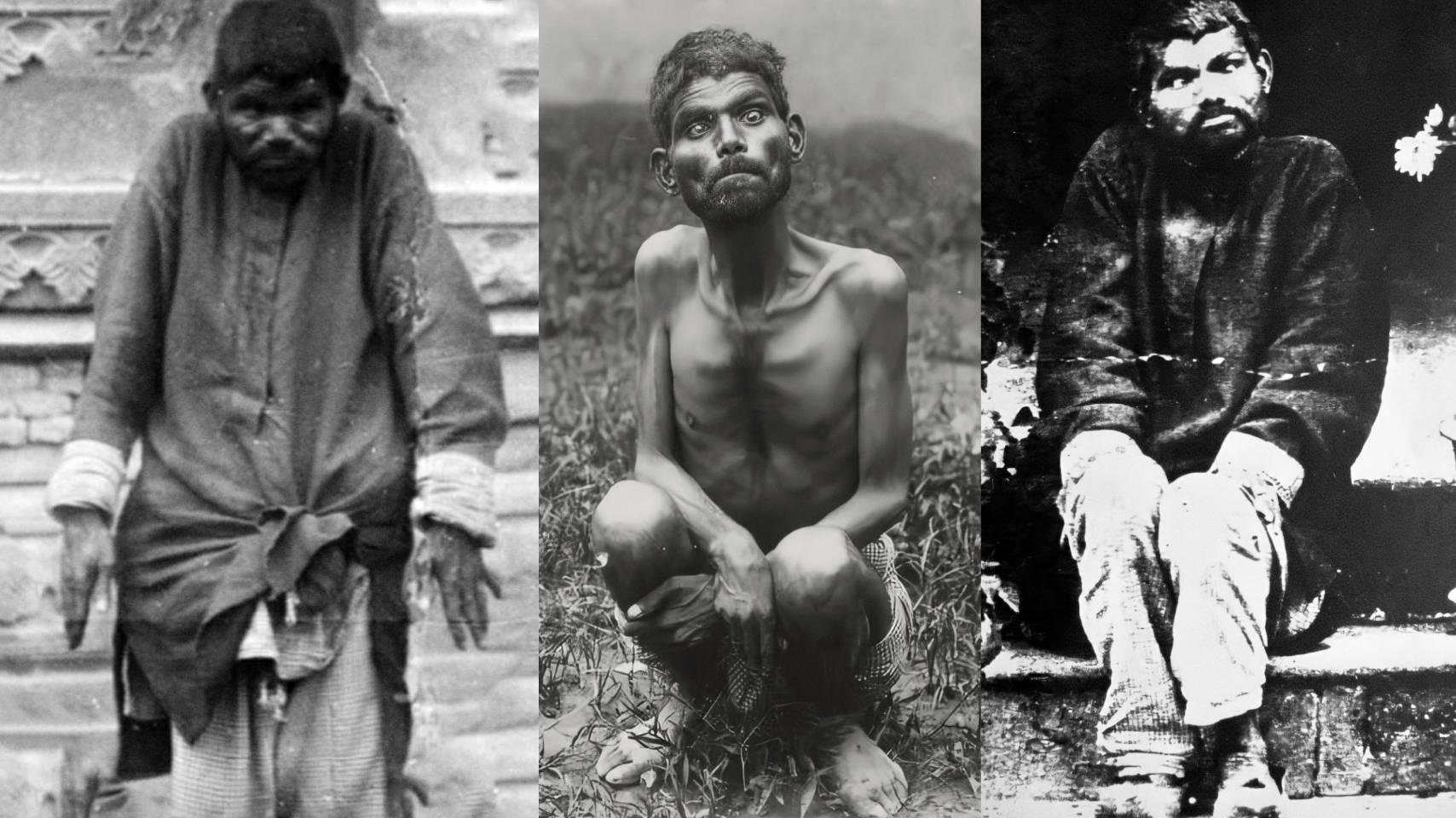
Dina Sanichar — supposedly a six-year-old Indian boy who was literally raised by wolves in the forests of Bulandshehr in Northern India. Sanichar was one of many feral children found in India over the years. The country has a long history of feral children including wolf children, panther children, chicken children, dog children, and even gazelle children.
In the folklore and novels around the world, a feral child is often portrayed as a miracle and amazing character but in reality, their lives would prove tragic tales of neglect and extreme isolation. Their return to the “civilized” world makes wondrous news but then they are forgotten, leaving behind questions about the ethics surrounding human behaviours and what, exactly, makes us human.
After Dina Sanichar was captured, he was brought to a mission-run orphanage, where he was baptized and given his name — Sanichar that literally means Saturday in Urdu; as he was found on Saturday in the jungle.
Father Erhardt, the head of the authority of the orphanage, noted that though Sanichar “undoubtedly pagal (imbecile or idiotic), still shows signs of reason and sometimes actual shrewdness.”
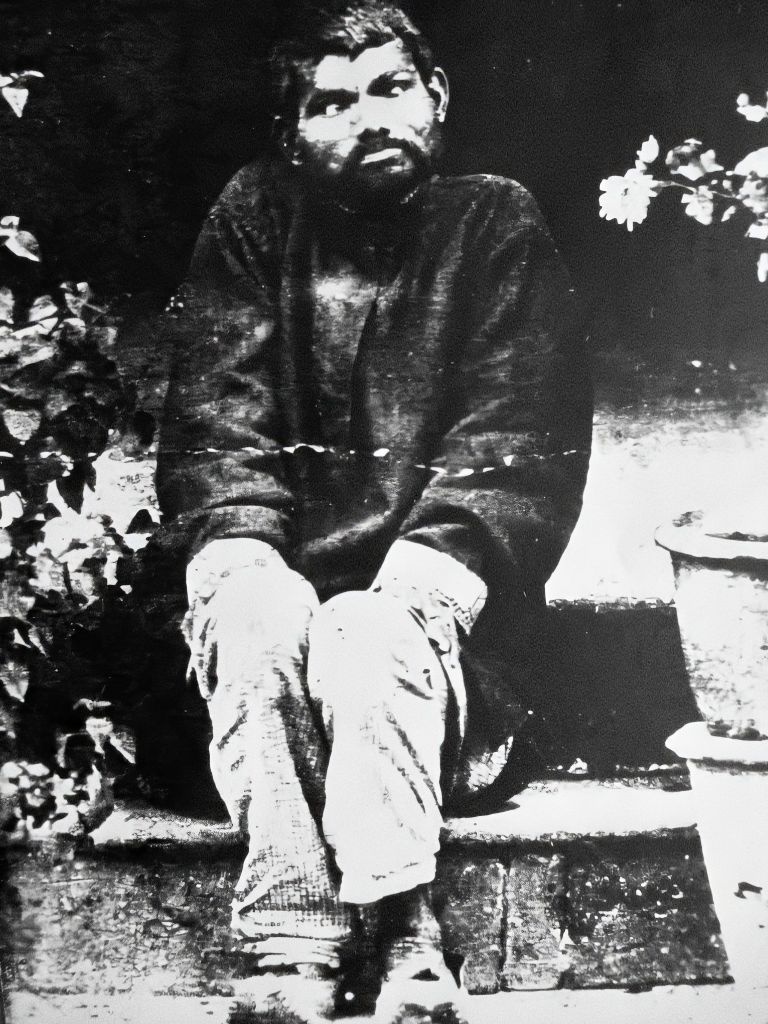
Renowned child psychologist, Wayne Dennis quoted many bizarre psychological traits in his 1941 American Journal of Psychology paper, “The Significance of Feral Man” that Sanichar had shared. Dennis cited that Sanichar used to live untidy and eat things that civilized man considers disgusting.
He further wrote, Sanichar only ate meat, despised wearing clothes, and sharpened his teeth on bones. Though he appeared to have no capacity for language, he was not mute, making animal noises instead. Feral children were, as Dennis explained, “Insensitive to heat and cold” and had “little or no attachment to human beings.”
The only person to whom Sanichar could resonate
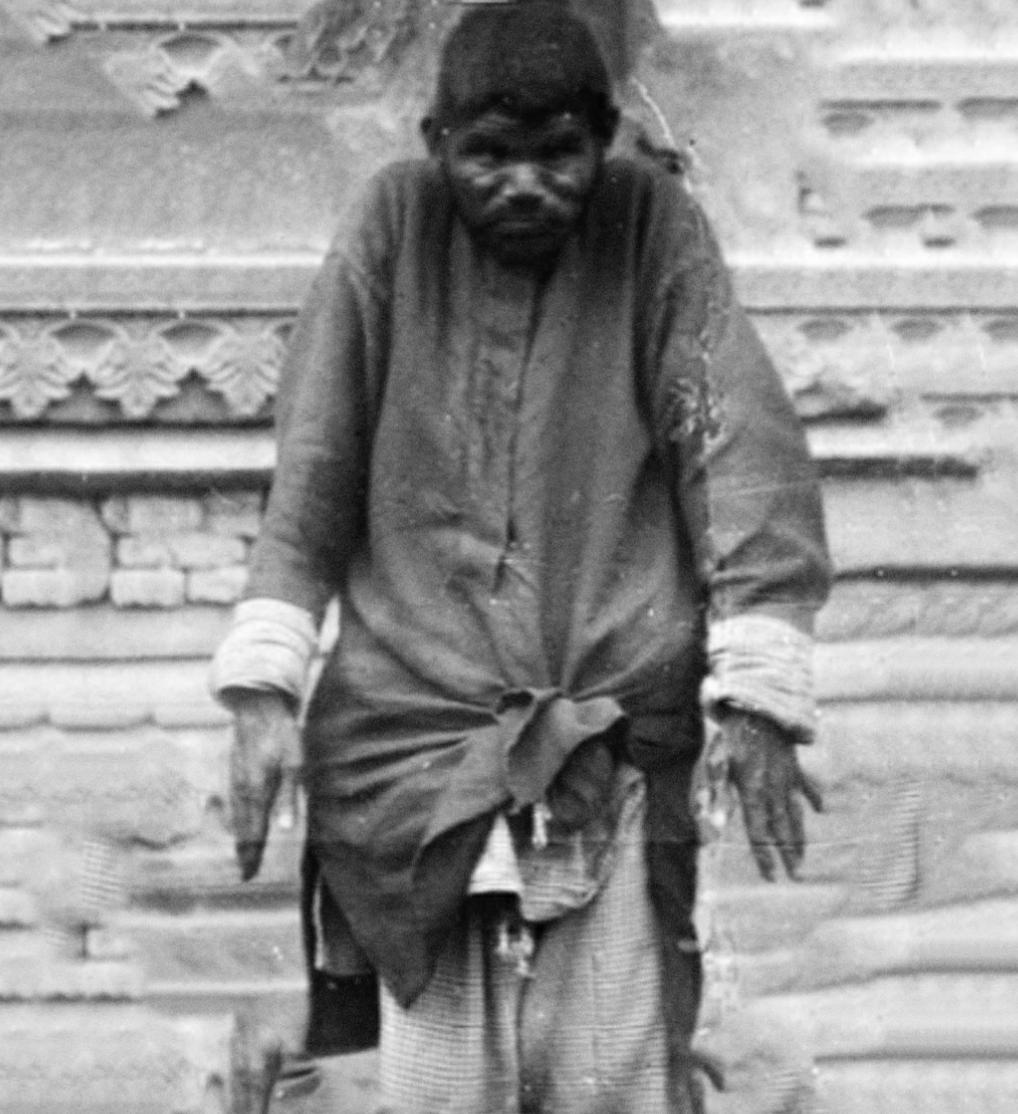
Sanichar did, however, form a bond with one human: another feral child found in Uttar Pradesh’s Manipuri who had been brought to the orphanage. Father Erhardt asserted, “A strange bond of sympathy attached these two boys together, and the elder one first taught the younger to drink out of a cup.” Perhaps their similar pasts made them capable of better understanding to form such bond of sympathy for each other.
A famous ornithologist Valentine Ball author of Jungle Life in India(1880) considered Dina Sanichar as the perfect wild animal.
The stories of feral children in India
For centuries, Indians have been fascinated by the myths of the feral child. They often recite legends of “wolf children” who grew up in the deep forest. But these are not just stories. The country has really witnessed many such cases. Around the time the feral child Sanichar was found in the North Indian forest, four other wolf children were also reported in India, and over the years many more would emerge.
These stories and myths influenced many writers and poets to craft their arts in the shape of feral children. Rudyard Kipling, the British writer who lived for many years in India, was also fascinated by the stories of India feral child. Not long after Sanichar’s miracle discovery, Kipling wrote the beloved children’s collection The Jungle Book, in which a young “man-cub,” Mowgli, wanders into the Indian forest and is adopted by animals. That’s how Dina Sanichar becomes known as the “real-life Mowgli of India.”
Here’s what happened to Dina Sanichar in the end
Sanichar’s caretaker, Father Erhardt, had put Sanichar into the “reformer” camp, carefully plotting all of his “progress.” Sanichar lived the rest of his short life under the care of the orphanage. Even after 20 years of human contact, Sanichar had little or no sense of human behaviours.
The story of Romulus and Remus, twin boys who were abandoned on the bank of the Tiber River, suckled and nurtured by wolves, and subsequently returned to civilization to create Rome, the so-called epicentre of civilization, is perhaps the most famous Western feral child myth.
Sanichar’s story, on the other hand, is the polar opposite of that wild to noble story. You can take the boy out of the woods, but not the woods out of the boy, according to his story. Sanichar, like almost all of the feral children, would never fully assimilate into society, preferring instead to remain in an unhappy middle ground.
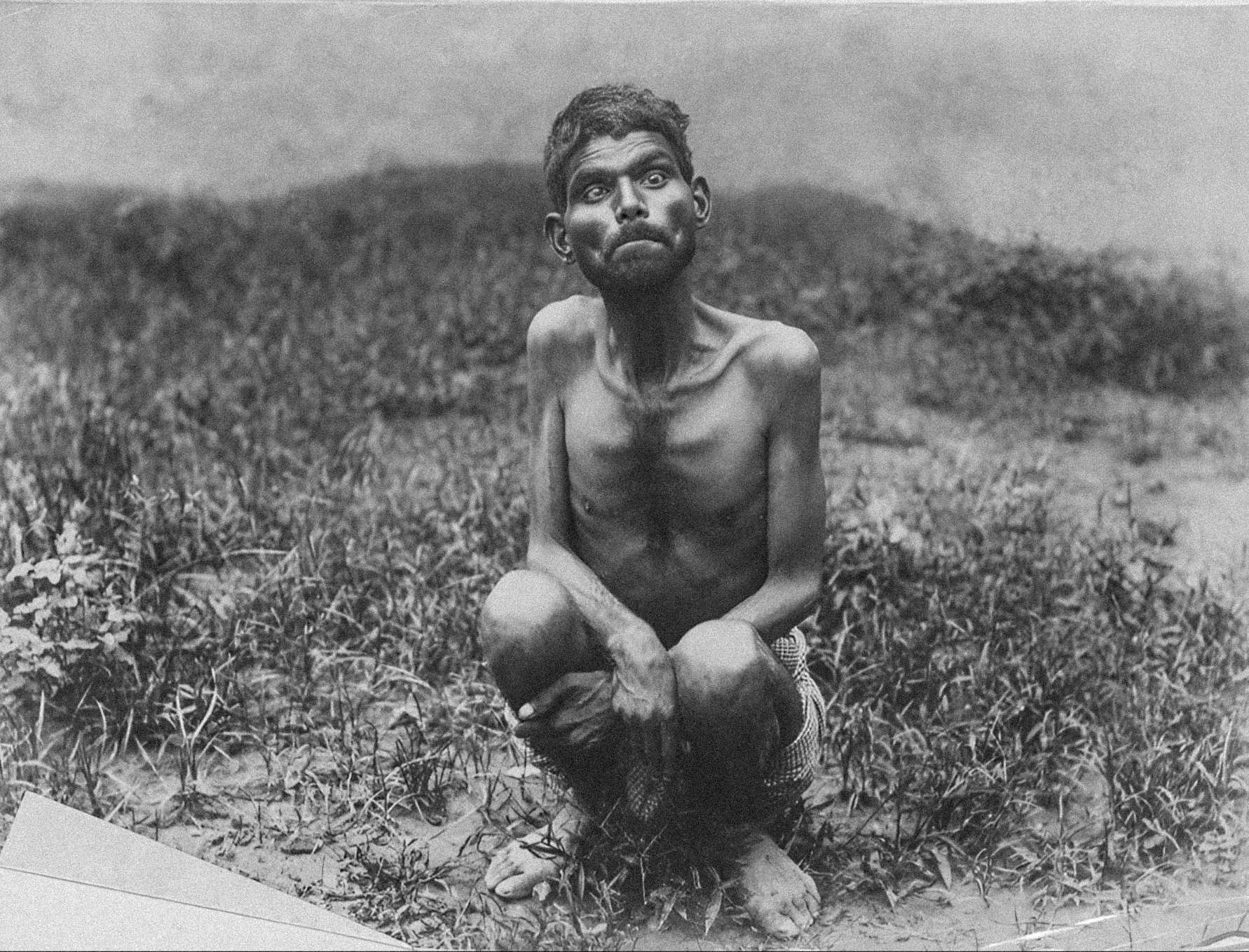
Though he acquired the ability to walk erect on his legs. He could dress himself “with difficulty,” and managed to keep track of his cup and plate. He continued to smell all his food before eating it, always eschewing anything but raw meat. Another strange thing that was noticed in Sanichar was that he willingly adopted only the human habit of smoking, and he became a prolific chain smoker. He died in 1895, some said from tuberculosis.
Saturday Mthiyane – another feral child found in South Africa’s Kwazulu Jungle
The story of Dina Sanichar reminds of a similar feral child named Saturday Mthiyane, who was also found on a Saturday of 1987 in the African jungle. The five-year-old boy was living among the monkeys near the Tugela River in the wilds of KwaZulu Natal, South Africa. Showing only animal-like behaviour, Saturday could not talk, walked on all fours, liked climbing trees and loved fruit, especially bananas. Tragically, he perished in a fire in 2005.




